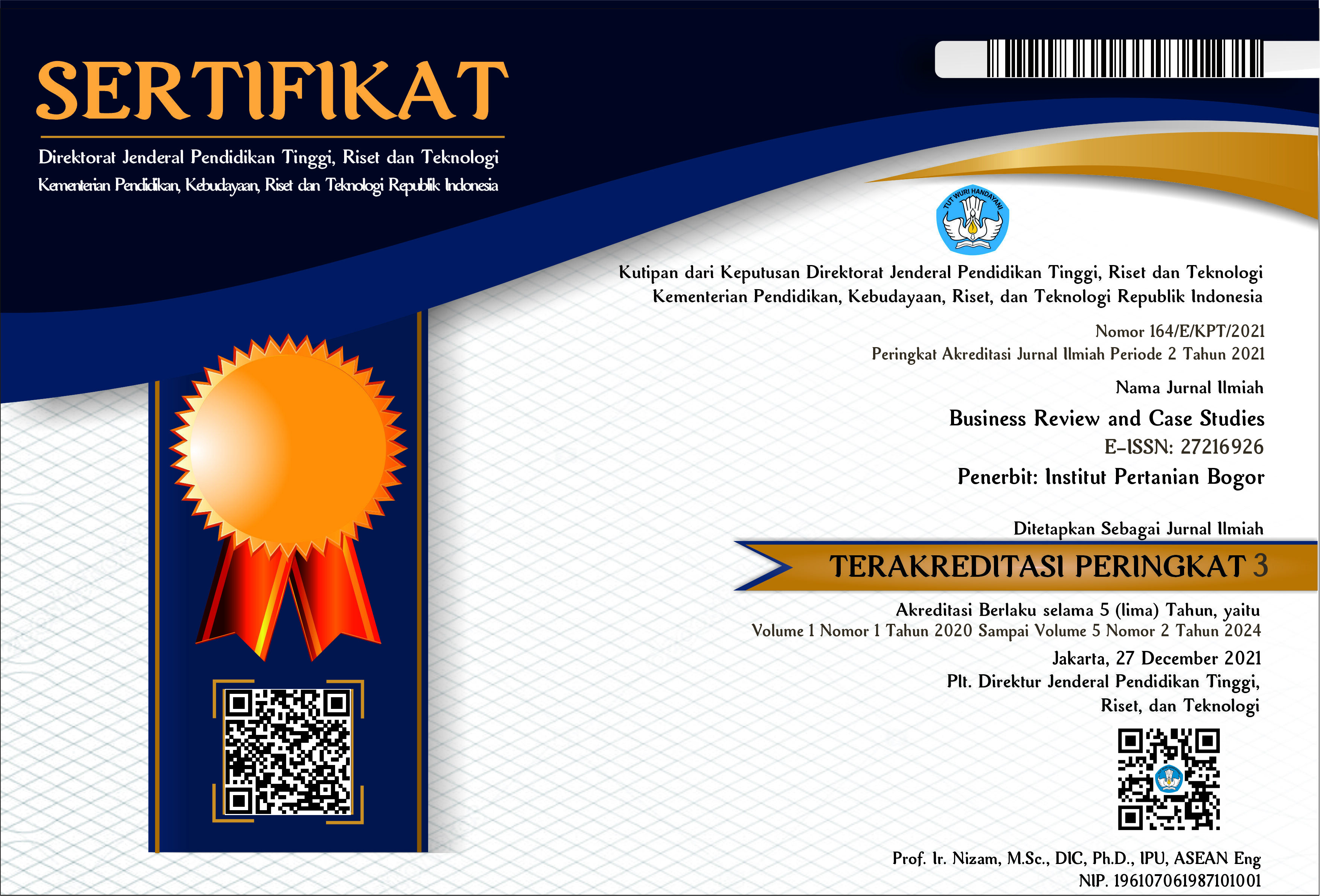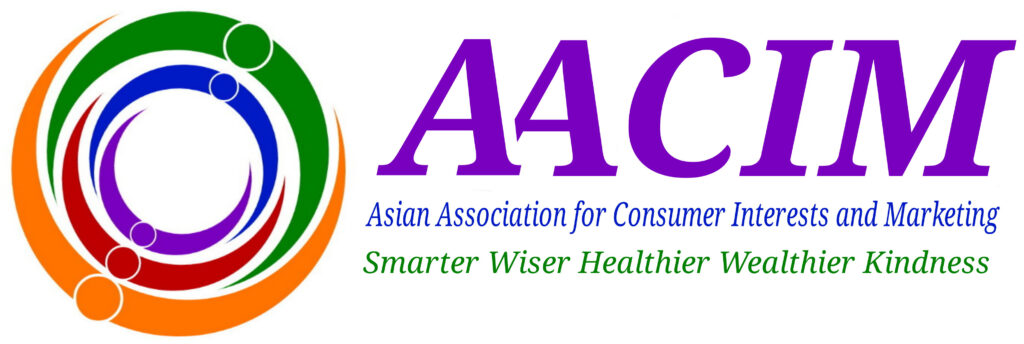Sustainable Business Strategy at Hotel Selarong Bogor
Abstract
The objectives of this research was (1) identified the existing business model of Hotel Selarong Bogor; (2) formulated a business development strategy using SWOT analysis at the Selarong Hotel, Bogor; (3) obtained priority strategies that the company will use; and (4) designed the BMCS Hotel Selarong Bogor for the future. This study used descriptive analysis methods, BMCS, IFE and EFE, IE, SWOT, and AHP EVM. Based on the results of interview data regarded the existing BMCS, Hotel Selarong wasn’t implement a sustainable strategy. Building the IE matrix requires, the results of IFE matrix and EFE matrix. The total scores for IFE and EFE was 2,939 and 2,818. These results indicated that, Selarong Hotel was in cell V of the IE matrix (Internal-External). The company was a hold and maintain status. The Companies can implement market penetration and product development strategies. After conducted a SWOT analysis, get ten strategies, then weighting priorities using the AHP EVM approach. Provide questionnaires to CEO, Co-CEO, and manager. Based on the priority strategy, strategy 5 was the highest priority, then strategies 7, 4, 8, 6, 9, 10, 2, 3, and 1. The first step that can be took to change the business model was through activities to change the company's vision and mission to a sustainable business direction. The green hotel concept was the new strategy used in implementing the sustainability strategy. Based on the new BMCS, there were additions in 8 of the 10 BMCS sections, namely vision and mission, value proposition, customers, stakeholders, key activities, essential resources, critical partnerships and cost structure.
Keywords: BMCS, Sustainable Business. AHP, IFE, EFE, IE







.jpg)






